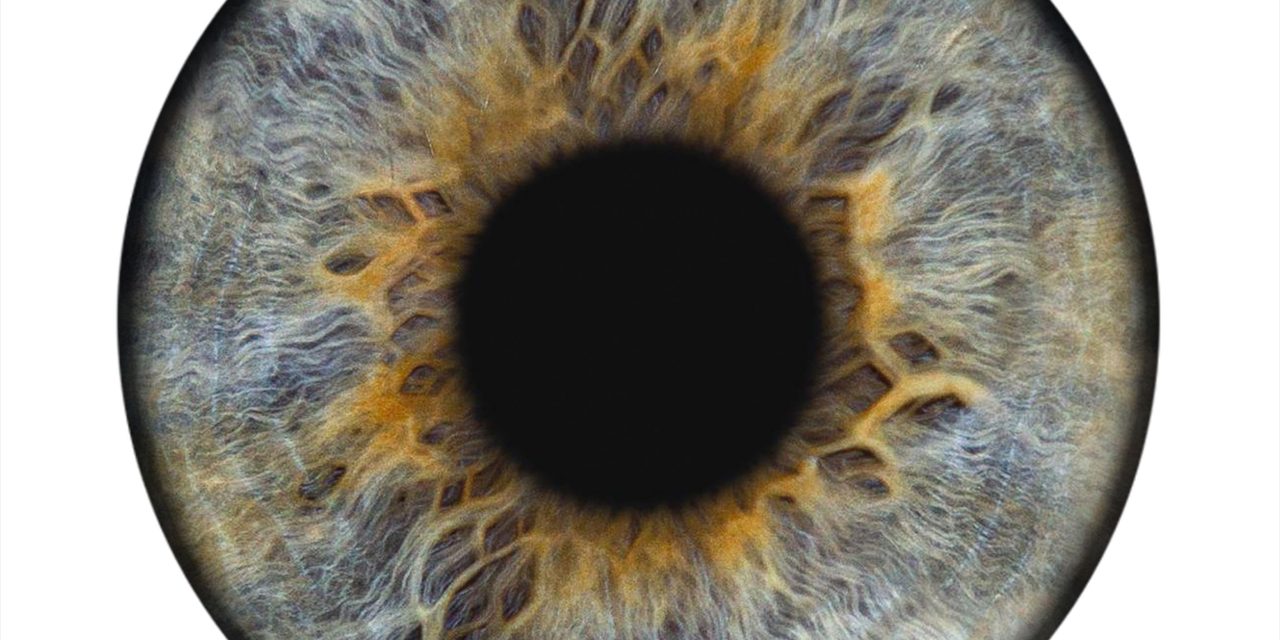To investigate the correlation between quantifiable vessel density, computed in an automated fashion, from ultra-widefield fluorescein angiography (UWFFA) images from patients with proliferative diabetic retinopathy (PDR) with visual acuity and macular thickness.
We performed a secondary analysis of a prospective randomized controlled trial. We designed and trained an algorithm to automate retinal vessel detection from input UWFFA images. We then used our algorithm to study the correlation between baseline vessel density and best corrected visual acuity (BCVA) and CRT for patients in the RECOVERY study. Reliability of the algorithm was tested using the intraclass correlation (ICC). 42 patients from the Intravitreal Aflibercept for Retinal Non-Perfusion in Proliferative Diabetic Retinopathy (RECOVERY) trial who had both baseline UWFFA images and optical coherence tomography (OCT) data were included in our study. These patients had PDR without significant center-involving diabetic macular edema (central retinal thickness [CRT] ≤320μm).
Our algorithm analyzed UWFFA images with a reliability measure (ICC) of 0.98. A positive correlation (r = 0.4071, p = 0.0075) was found between vessel density and BCVA. No correlation was found between vessel density and CRT.
Our algorithm is capable of reliably quantifying vessel density in an automated fashion from baseline UWFFA images. We found a positive correlation between computed vessel density and BCVA in PDR patients without center-involving macular edema, but not CRT.
Our work is the first to offer an algorithm capable of quantifying vessel density in an automated fashion from UWFFA images, allowing us to work toward studying the relationship between retinal vascular changes and important clinical endpoints, including visual acuity, in ischemic eye diseases.
Automated vessel density detection in fluorescein angiography images correlates with vision in proliferative diabetic retinopathy.


